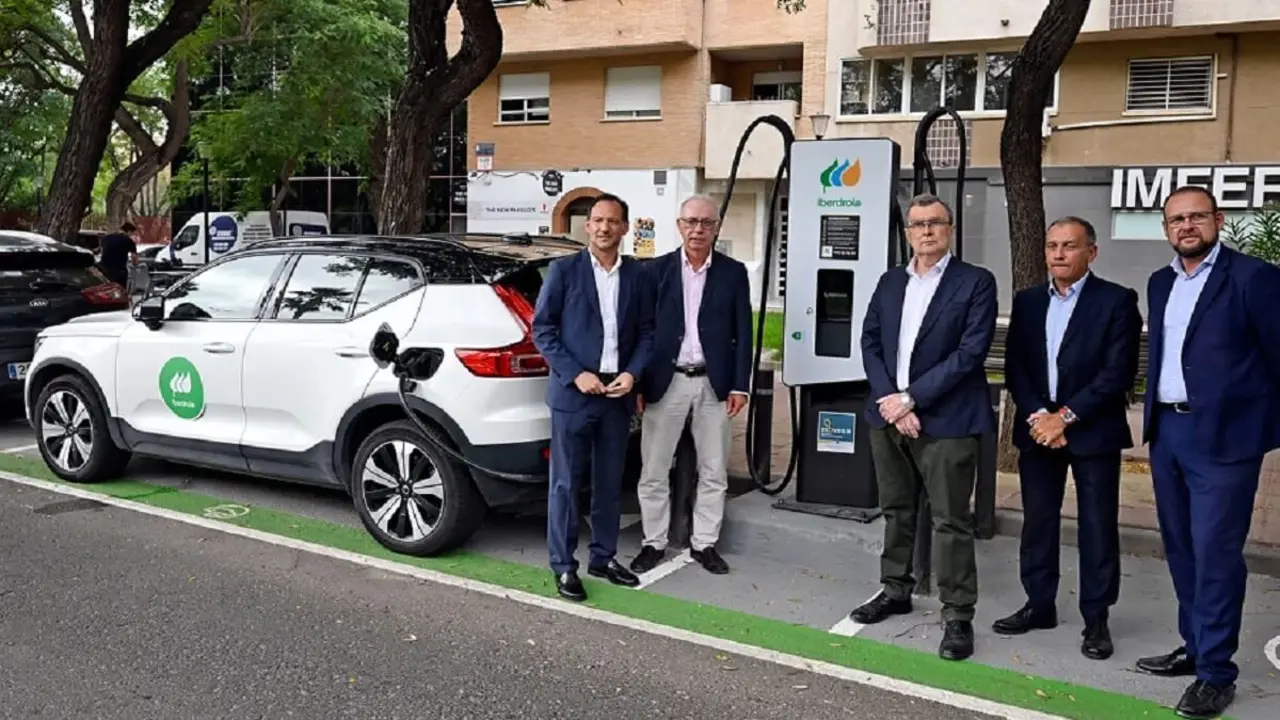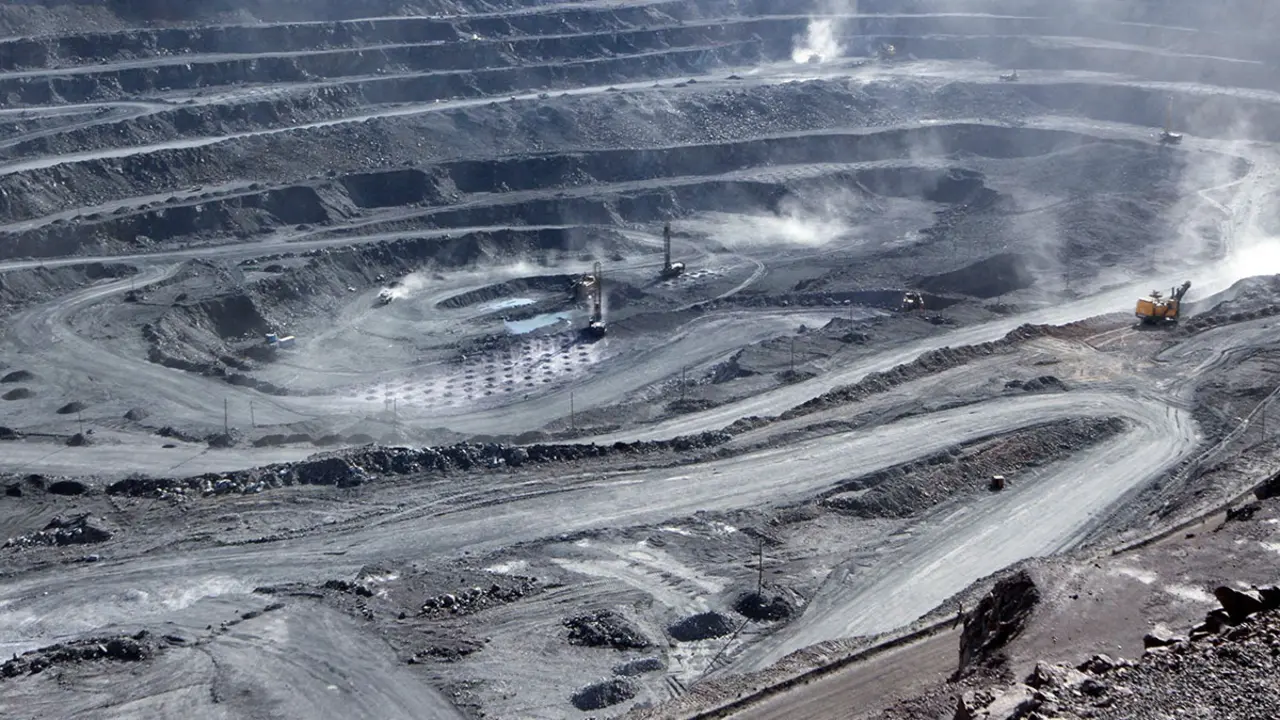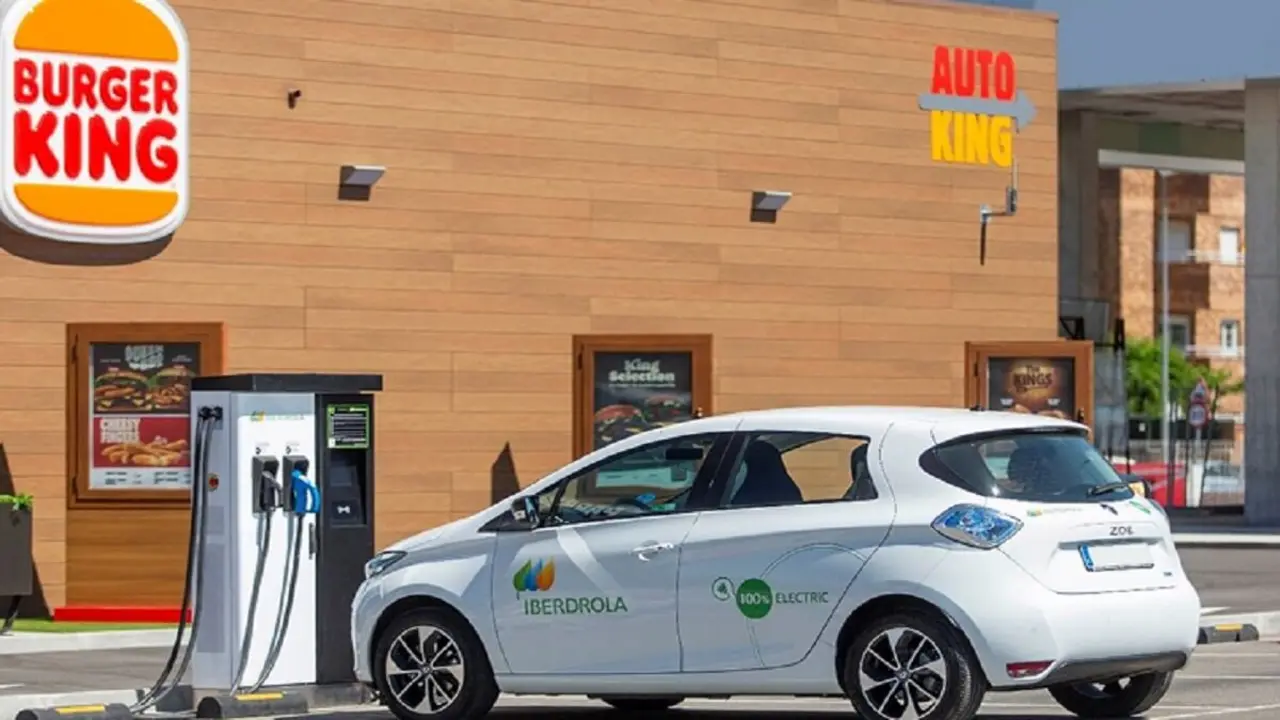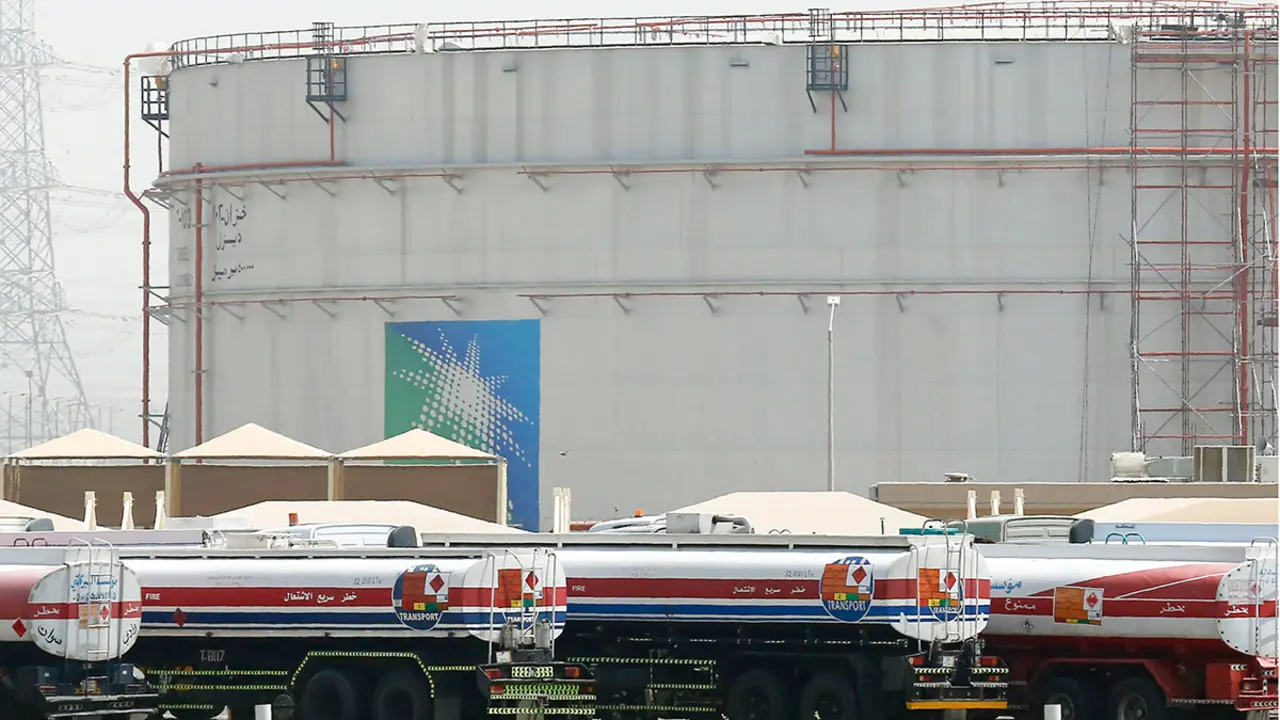Iran seeks to boost gas production by reactivating abandoned fields

Iran has no intention of sitting idly by despite Western sanctions and threats to extend them by the United States. Less than a week ago, Tehran announced a project that aims to increase Iranian gas production to a level that will make it competitive in the energy market, while circumventing the restrictions imposed.
- A 30% increase in production by 2029
- The impossibility of reaching agreements with foreign companies is one of the key motivations for this project
A 30% increase in production by 2029
The seventh session of the Gas Exporting Countries Forum summit, which took place in Algeria, was the setting chosen to announce a mega-project that, if successfully carried out, will be extended over the next five years. Iranian Oil Minister Jawad Oji said that "Iranian gas production will reach around 1.3 billion cubic metres per day within five years, compared to current levels of 1.07 billion cubic metres per day".

Tehran's idea is to "secure Iran's central role in the global energy field". The task is tremendously complicated due to the sanctions that have been dragging on for years and which, in 2018 - with Donald Trump's sanctions following his unilaterally decided abandonment of the JCPOA - ended all hope of finding partners who could provide financial muscle for these projects.
After many years of fruitless searching, Iran has chosen to push ahead with financing from its own coffers. It intends to invest 80 billion dollars in the development of gas fields. It will mainly rely on the collaboration of local companies, as attempts to reach agreements with foreign companies have always, at least in recent years, ended in failure.
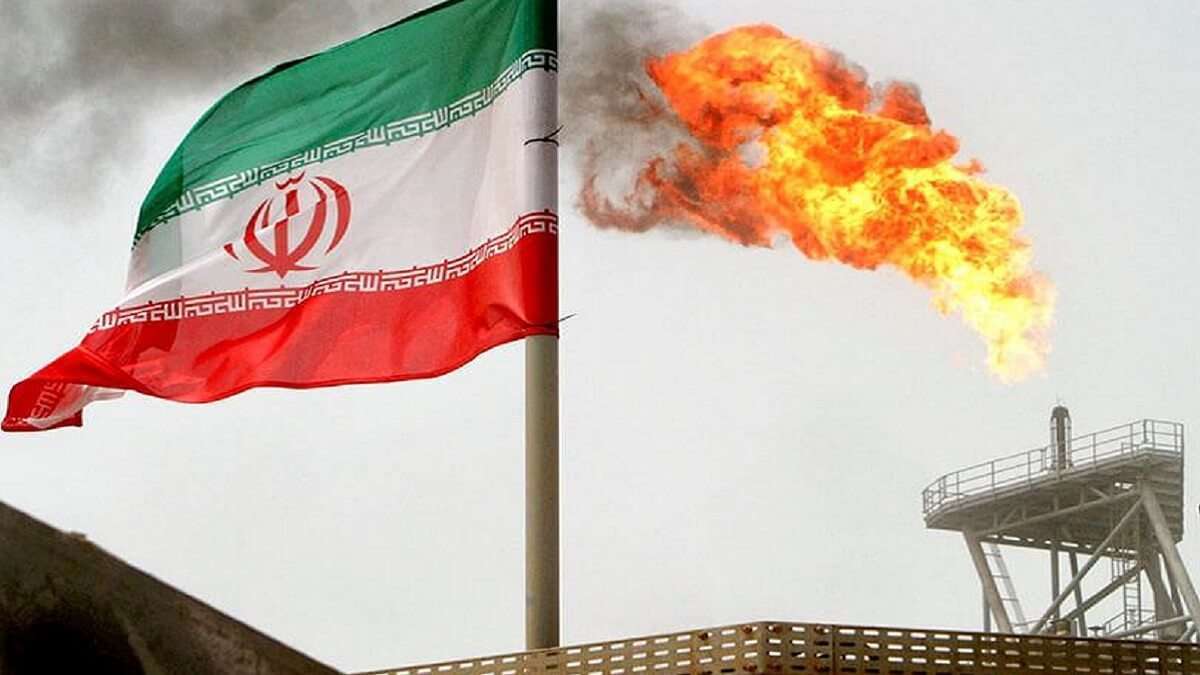
The impossibility of reaching agreements with foreign companies is one of the key motivations for this project
In 2021, Iran was forced to sign an agreement with the Petropars group (a subsidiary of NICO and a subsidiary of the National Iranian Oil Company) worth 1.78 billion dollars. The contract was focused on the development of block B of the Farzad gas field, and what motivated this agreement was the impossibility of reaching an agreement with an Indian company with which they had been negotiating for months.
Something similar to what happened in 2019 with China Petroleum Corporation (CNPC). The Chinese company withdrew from a project to develop a joint gas field with Qatar. CNPC was to focus solely on working on the Iranian side, but this did not happen, which ended up extending Doha's monopoly over the investment of reserves in the world's largest gas field, leaving little room for Iran to make decisions.
In view of these difficulties, Iran's state-owned oil company (NIOC) revealed its intention to close deals worth up to 14 billion dollars "to develop Iranian oil and gas fields by the end of March". In this way, Iran aims to improve energy supplies at home, while at the same time carving out a niche for itself in the global energy market, despite the tremendous difficulties that still lie ahead.


